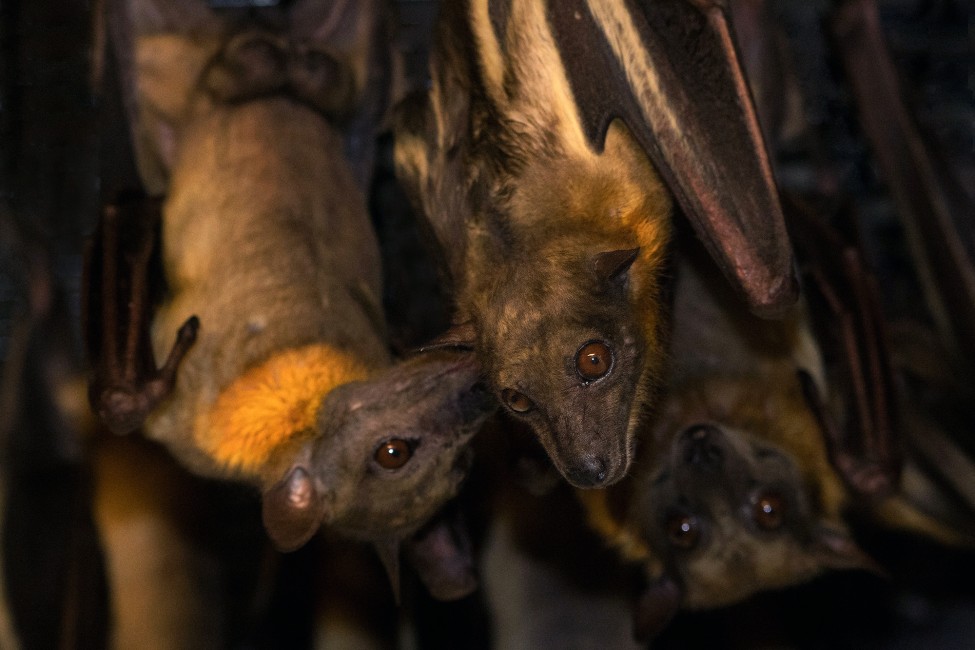
February 7, 2020
Nocturnal Pollinators
- as seen by -
 Angela Gnagnarelli
Angela Gnagnarelli
The straw-colored fruit bat (Eidolon helvum), whose name comes from the tawny color of its fur, is the second largest fruit bat in Africa.
In the wild, straw-colored fruit bats form large colonies and roost in the crowns of tall trees or in caves. Once a year, they come together in what is said to be the largest mammal migration in the world, with an estimated eight million migrating to Kasanka National Park in Namibia. Their long pointed and powerful wings make these bats excellent fliers. They have even been seen at sea, 125 miles from the nearest land. The species eats an abundance of fruits, nectar, bark, leaves, and flowers. They play a vital role in pollination and seed dispersal of the forests through their guano.
At WCS’s Prospect Park Zoo, a colony of 11 male bats can be seen roosting upside down in their nocturnal exhibit. They revel in socializing with each other. Hanging by the phalanges on their feet, the bats actively feast on a variety of fruit – one of their favorites is banana. Visitors have asked why the bats throw their food on the ground. Fruit bats don’t consume all fruits completely. They will often swallow the pulp and juice and toss away other parts.
At the zoo, the keepers enjoy enriching these bats with fun ways to eat their food such as fruit skewers and puzzle feeders. Their large pouch-like cheeks are especially notable while they are eating and can be used to store food while flying. These bats have large eyes and a good sense of vision because when they forage at night for nectar and fruit, they orient by vision and their sense of smell.
The bats’ vocalizations can be heard as you enter the nocturnal section of the zoo’s Hall of Animals building. Be sure to stop by their exhibit and get a glimpse of their life in the dark.
Nikon D5
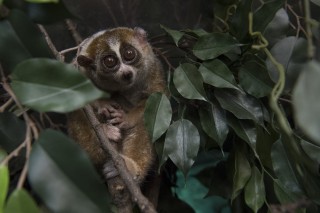
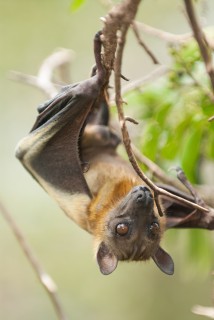
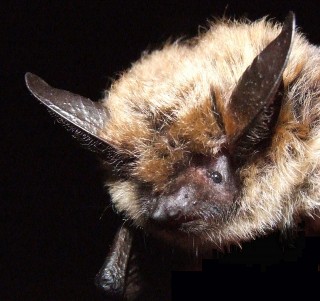
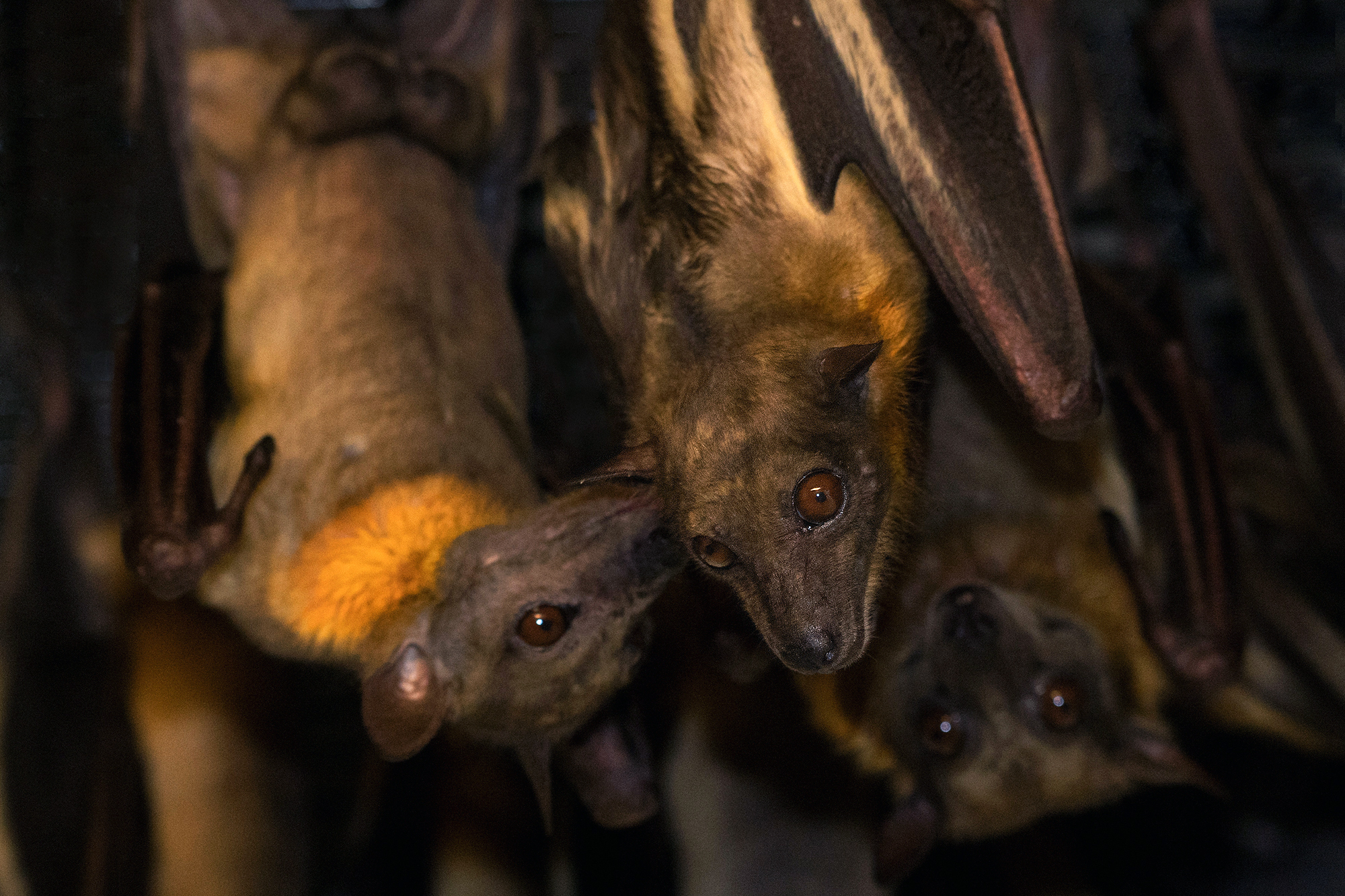
Leave a Comment